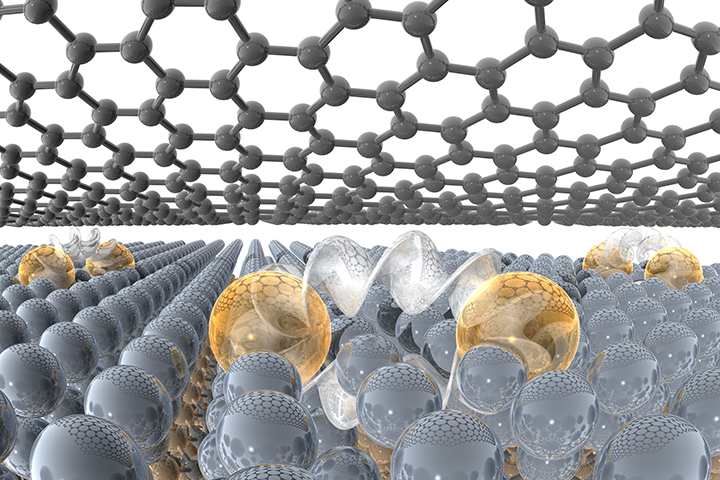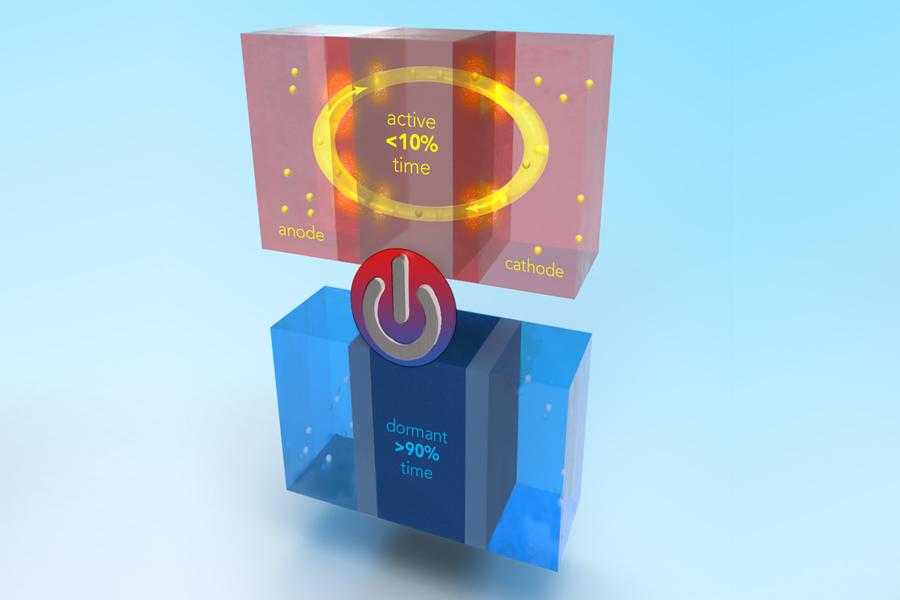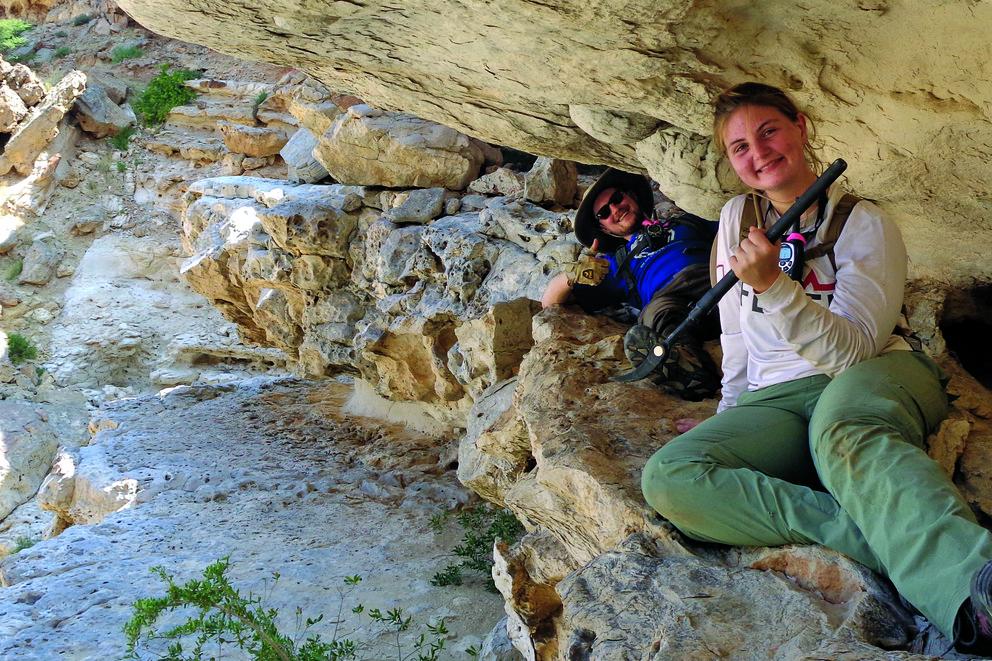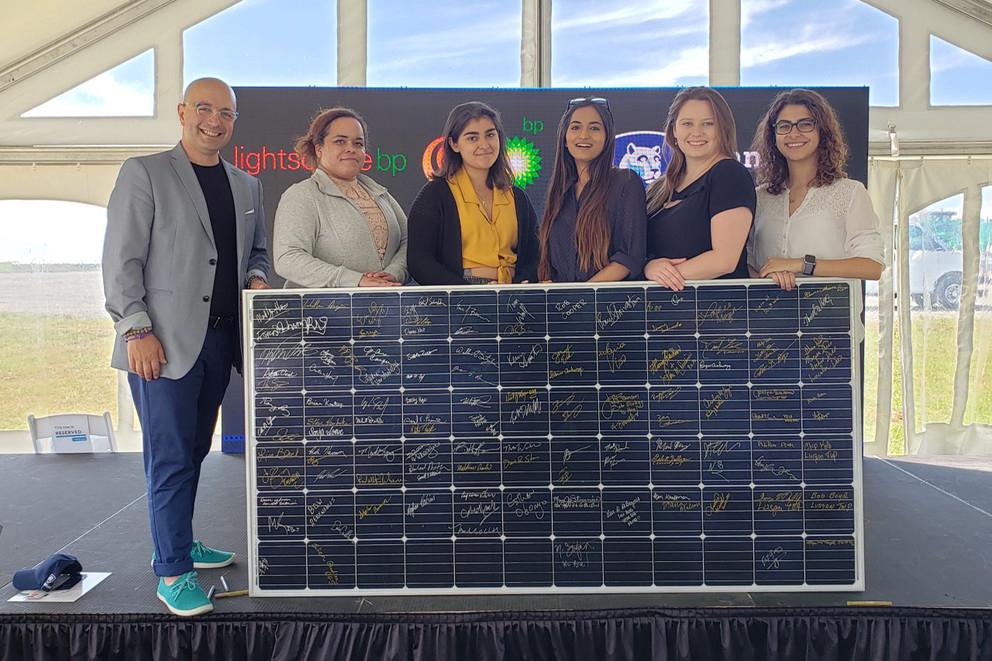Read the latest news about research conducted by investigators in the College of Earth and Mineral Sciences. Our faculty and students are continually advancing technology, creating solutions and expanding knowledge with new and innovative research.
News
Scientists have developed a new mechanism capable of harvesting wasted magnetic field energy and converting it into enough electricity to power next-generation sensor networks for smart buildings and factories.
As Penn State Materials Research Institute prepared for its 2019 Materials Day event – held Oct. 29-30 – 3M was busy reinforcing its relationship with Penn State to advance research activities with a new $900,000 commitment over the next three years.
New findings on how bacteria can maintain persistent and fast upstream swimming motion over distances comparable with many human organs, may help prevent life-threatening infections, according to a team of international researchers.
An atomically thin materials platform developed by Penn State researchers in conjunction with Lawrence Berkeley National Lab and Oak Ridge National Lab will open a wide range of new applications in biomolecular sensing, quantum phenomena, catalysis and nonlinear optics.
A lithium-ion battery that is safe, has high power and can last for 1 million miles has been developed by a team in Penn State’s Battery and Energy Storage Technology (BEST) Center.
An improved method to predict the temperature when plastics change from supple to brittle, which could potentially accelerate future development of flexible electronics, was developed by Penn State College of Engineering researchers.
High on the craggy cliffs of Oman’s rocky desert landscape, Sarah Ivory squeezed into narrow, dark caves in search of a different kind of goldmine.
Penn State researchers found that a common tool used to understand carbon dioxide fluxes, or how the gas moves between the atmosphere and ecosystems, may be overconfident because of uncertainties in the release of carbon dioxide by the combustion of fossil fuels.
Researchers at Penn State and Purdue University have developed new materials for improved single-atom catalysis and future electronics.
When Zoë Rauscher arrived at Penn State as a first-year student, she “knew nothing about solar," she said.












